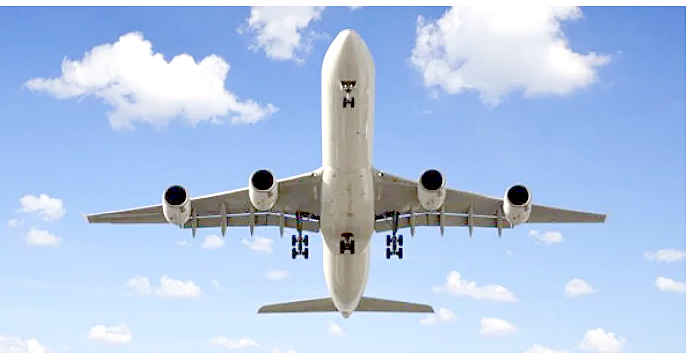Lessons for EAC on aviation diplomacy in West Africa

In a move that was both bold and symbolic, seven West African countries – Nigeria, Ghana, Liberia, Sierra Leone, Guinea-Conakry, Cape Verde, and The Gambia – surged ahead in implementing the Single African Air Transport Market (SAATM).
The announcement came on May 22, 2025, in Abuja, at the close of the Banjul Accord Group’s 18th plenary session—a seven-state bloc dedicated to advancing aviation and safety.
This signalled not only their commitment to continental integration but also their awakening to aviation as a strategic tool of diplomacy and regional influence.
As Julius Nyerere sagely reminded us, “Unless Africa is united as a political, economic and cultural whole, it will not be strong enough to determine its own destiny”.
SAATM, launched in 2018 under the African Union’s Agenda 2063, aims to transform Africa’s aviation by forging a single continental air market. Building on the Yamoussoukro Decision endorsed by 44 states, it aspires to tear down regulatory walls, ignite competition, and open skies to African carriers – supercharging connectivity, trade, tourism, and socio-economic integration.
By making aviation the backbone of continental development, SAATM intends to cement Africa’s global competitiveness.
This development in West Africa is not just about the liberalisation of airspace; it is a high-stakes recalibration of how states project soft power, drive economic diplomacy, and craft their regional leadership narratives.
As these West African states align with the African Union’s Agenda 2063 through concrete action, they present a formidable lesson to their East African counterparts, particularly Kenya, which risks ceding its traditional leadership in African aviation and diplomacy if it does not urgently adapt.
At the heart of the West African movement lies a recognition that connectivity is power.
By liberalising their skies under SAATM, these nations are breaking out of outdated bilateral air service agreements and carving out new corridors of economic opportunity and political relevance.
Nigeria, long viewed as a sleeping giant, is now strategically asserting itself not just as an economic powerhouse but as a regional aviation hub.
Ghana is branding Kotoka International Airport as the gateway to West Africa, while Cape Verde continues to punch above its weight through geographic leverage and diaspora-centred aviation policy.
This is sophisticated aviation diplomacy: leveraging airspace, routes, and carriers not just for transport but to craft narratives, draw investment, and assert leadership – signalling reliability, openness, and regional solidarity while reshaping engagement norms across ECOWAS, the AU, and beyond.
In contrast, East Africa’s embrace of SAATM has been fragmented and uncertain. Despite Nairobi’s historic aviation leadership through Kenya Airways and Jomo Kenyatta International Airport, liberalisation has been lukewarm, with policy driven by domestic concerns and a protectionist stance, worsened by Kenya Airways’ precarious finances, which have stifled innovation and limited Kenya’s regional aviation diplomacy.
Meanwhile, Tanzania and Uganda pursue unilateral aviation agendas that undermine EAC cohesion.
Although Rwanda’s aggressive RwandAir expansion is notable, the absence of a coordinated regional strategy leaves East Africa without the unified momentum that West Africa now commands.
All this lethargy in East Africa persists despite research commissioned by the African Union Commission indicating that if the seven EAC member states fully adopted SAATM, they could carry 2.8 million additional passengers annually, save $267 million in fares, and inject $590.9 million into their GDP.
Kenya must reclaim its aviation influence and reposition itself as a diplomatic leader in a continent whose geopolitical future is increasingly airborne.
If Kenya fails to catch this flight, it may miss its place in Africa’s next diplomatic altitude.
The writer is a foreign policy Analyst and a Doctoral Candidate in international studies.















